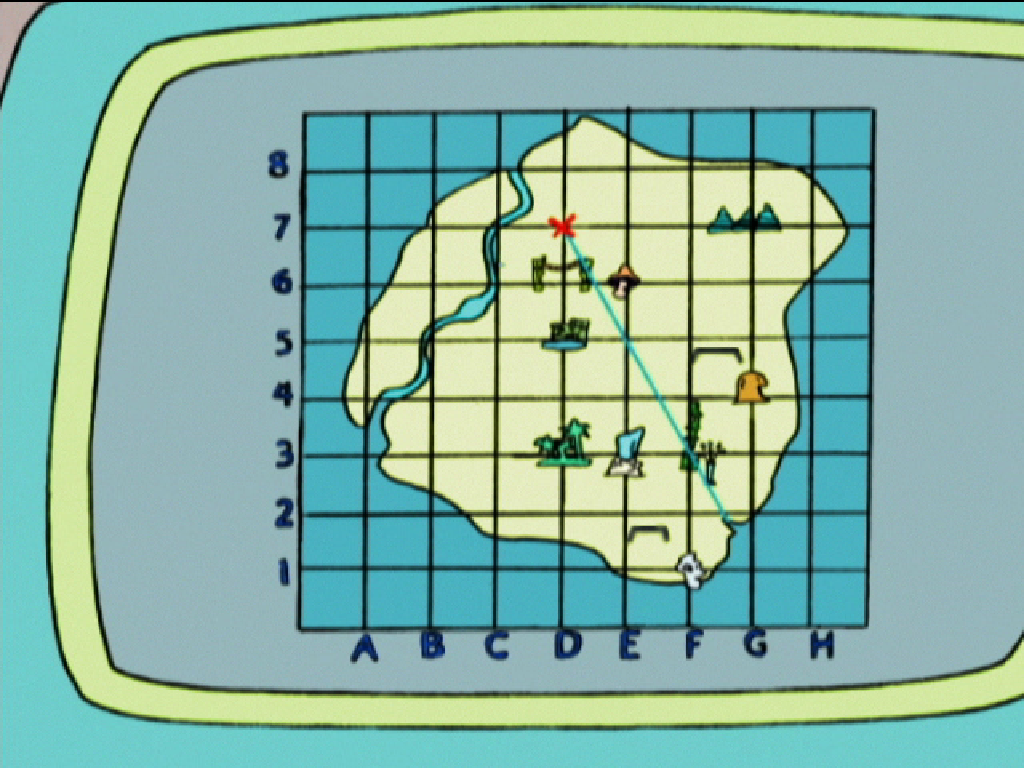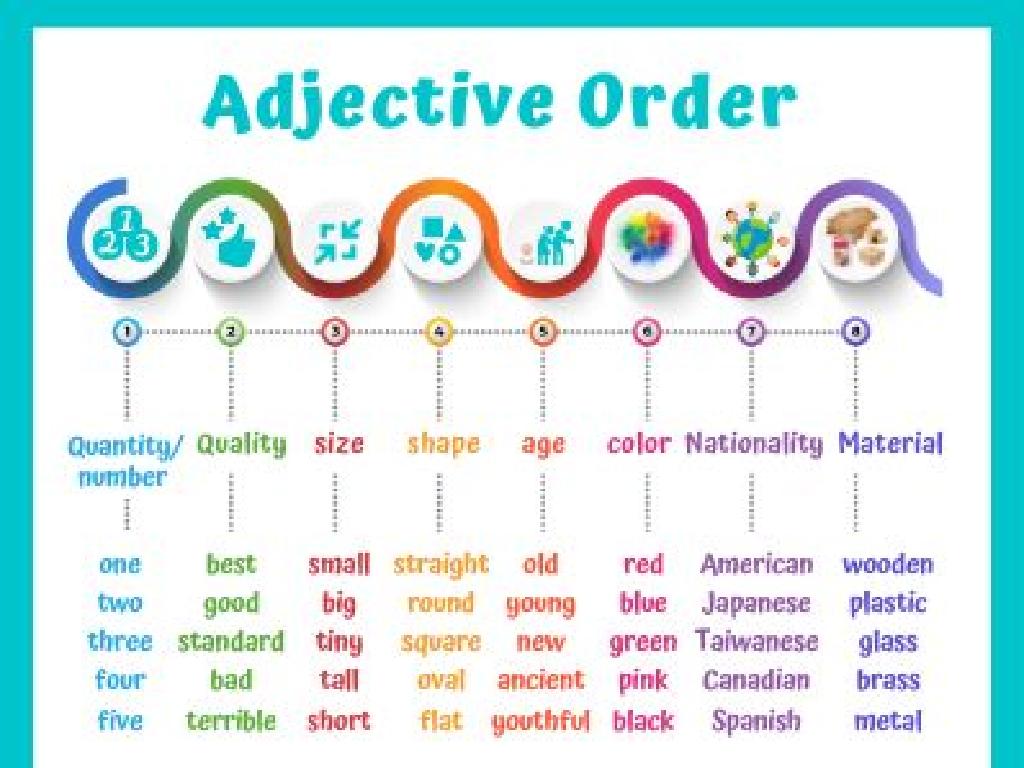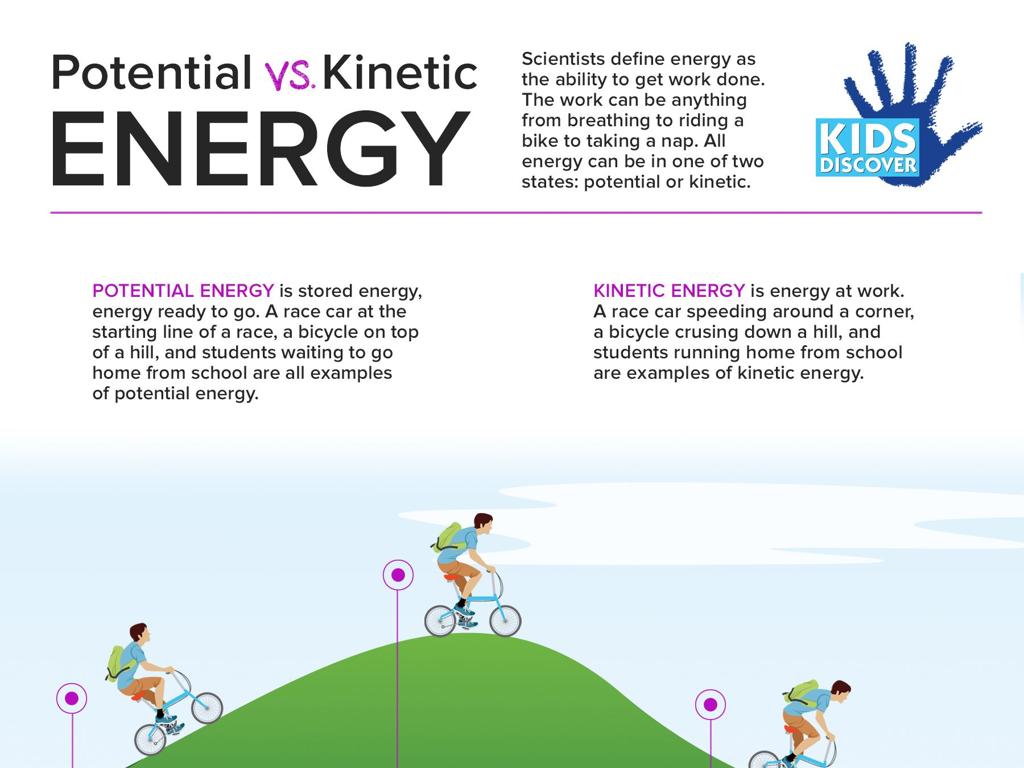Choose The Picture That Matches The Setting Or Character
Subject: Language arts
Grade: Kindergarten
Topic: Setting And Character
Please LOG IN to download the presentation. Access is available to registered users only.
View More Content
Exploring Settings and Characters
– What is a setting?
The place where a story happens, like a forest or a school.
– Characters in stories
People, animals, or creatures in the story.
– Settings match the story
– Characters do interesting things
They can be funny, brave, or even invisible!
|
This slide introduces the concepts of setting and character to Kindergarten students. Begin by asking the class what they think a setting is to gauge their prior knowledge. Explain that the setting is where the story takes place, which could be anywhere from their own home to a faraway magical land. Then, move on to characters, asking them who can be a character in a story. Clarify that characters can be people, animals, or even make-believe creatures, and they are who we read about in the story. Use pictures and props to illustrate different settings and characters. Encourage the children to think of their favorite stories and what makes the settings and characters special. This will help them understand how settings and characters are essential parts of a story.
Exploring Story Settings
– What is a setting?
The place where a story happens, like a school or a beach.
– Settings can be many places
A forest, a castle, a spaceship, or a kitchen – settings vary!
– Guess the setting game
We’ll look at pictures and try to figure out where the story is set.
– Settings are important
|
This slide introduces the concept of ‘setting’ in a story to Kindergarten students. Begin by explaining that a setting is the place where the story takes place. Emphasize that settings can be anywhere, from familiar places like their own home to imaginative places like a castle in the clouds or a distant planet in outer space. Engage the students with a fun activity where they look at different pictures and guess the setting of each one. This will help them understand that the setting is an essential part of a story and can affect what happens in the story. Encourage them to think about the setting in stories they read or hear.
Who is a Character?
– Characters are story members
– Like friends in a book!
– They can be people or animals
– Think of your favorite animal stories
– Even talking cars can be characters
– Like Lightning McQueen in Cars
– Let’s meet some characters
|
This slide introduces the concept of a character to Kindergarten students. Emphasize that a character is anyone in a story, which they can relate to people they know or animals they love. Use familiar examples like characters from their favorite movies or books to make it more engaging. Explain that characters can be anything that the story talks about, even if it’s a talking car or a magical creature. Encourage the children to think of characters from stories they have heard. Plan to show pictures of various characters and ask the students to describe them in the next class.
Matching Game: Settings & Characters
– Let’s play a fun game together!
– I’ll show you a place where someone might live
– Think about what kind of home it is
– You pick who you think lives there
– Imagine the character that fits the home
– Get ready to guess and have fun!
|
This slide introduces a matching game designed to help Kindergarten students understand the concept of setting and character. Display a picture of a setting, such as a farm, a castle, or a forest, and ask the students to choose from a selection of characters, like a farmer, a princess, or an animal, who they think would live in that setting. This activity encourages students to make connections between different elements of a story and to use their imagination. It’s a great way to engage them in learning about settings and characters in a fun, interactive way. Make sure to have a variety of characters and settings to cater to different interests and to keep the game exciting and educational.
Choose the Right Setting
– Castles and forests: different places
– Kings live in castles, not bears
– Imagine a king’s crown and throne in a big castle
– Rabbits hop in forests, not fish
– Think of rabbits hopping around trees
– Match characters to their homes
|
This slide is designed to help Kindergarten students understand the concept of setting and how it relates to characters in a story. Use pictures of a castle and a forest to visually engage the students. Ask them to think about where a king would live and where a bear might sleep. Similarly, discuss with them where they would find a fish and where a rabbit might live. Encourage them to use their imagination and prior knowledge of stories and the natural world to make the correct associations. This activity will help develop their ability to match characters with appropriate settings, a fundamental skill in understanding stories and language arts.
Choose the Right Character’s Home
– Where does a mermaid live?
– Mermaids live in the ocean
– Picture of a mermaid under the sea
– Where does an astronaut explore?
– Astronauts explore outer space
– Picture of an astronaut in space
|
This slide is aimed at helping Kindergarten students understand characters and their settings. Start by showing pictures of a mermaid and an astronaut. Ask the children where they think each character lives or explores. Explain that a mermaid is a fantasy character that lives under the ocean, and show a picture to reinforce this. Then, discuss how an astronaut is a space explorer and show a picture of outer space. Use props or costumes if available to make the session interactive. For an activity, you can have different pictures of settings and characters and ask students to match them correctly. Encourage the children to explain their choices to develop their reasoning skills.
Class Activity: Create Your Own Setting and Character
– Draw your favorite place
– Imagine a character in that place
– Share your drawing with the class
– Explain why they fit together
– Does your character like to swim at the beach? Or play in the park?
|
In this activity, students will engage their imagination by drawing a setting and then creating a character that fits into that setting. This helps them understand the relationship between a character and their environment. Provide a variety of art supplies and encourage creativity. As they work, walk around the room to offer help and ask guiding questions. After they finish, allow each student to present their drawing and explain how their character interacts with the setting. Possible variations of the activity could include pairing students to create stories about their characters, or having them swap drawings and come up with characters for each other’s settings.
Show and Tell: Sharing Our Stories
– Share your drawings with the class
– Describe the setting you’ve drawn
– Is it a forest, a castle, or your own house?
– Explain why your character lives there
– Does your character love the place? Are they on an adventure?
– Praise for all young storytellers
|
This slide is for a class activity where students will present the settings and characters they’ve drawn. Encourage each child to stand up with their drawing and explain the setting they’ve chosen. Ask them to describe why their character lives in that setting, what they like about it, or if there’s a story behind it. Offer praise and positive reinforcement to each student after their presentation to build their confidence in storytelling and public speaking. This activity helps develop their language skills and imagination. For the teacher: be prepared with prompts to help shy students, and ensure every child is applauded for their effort and creativity.






